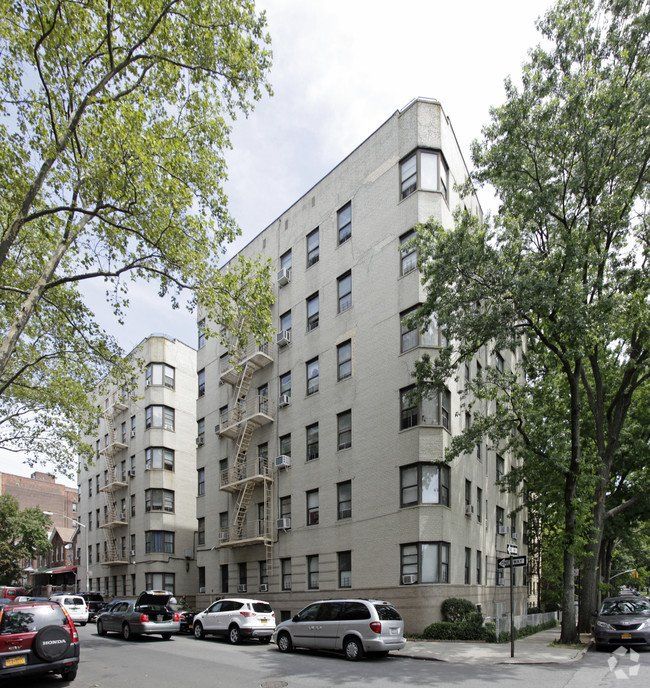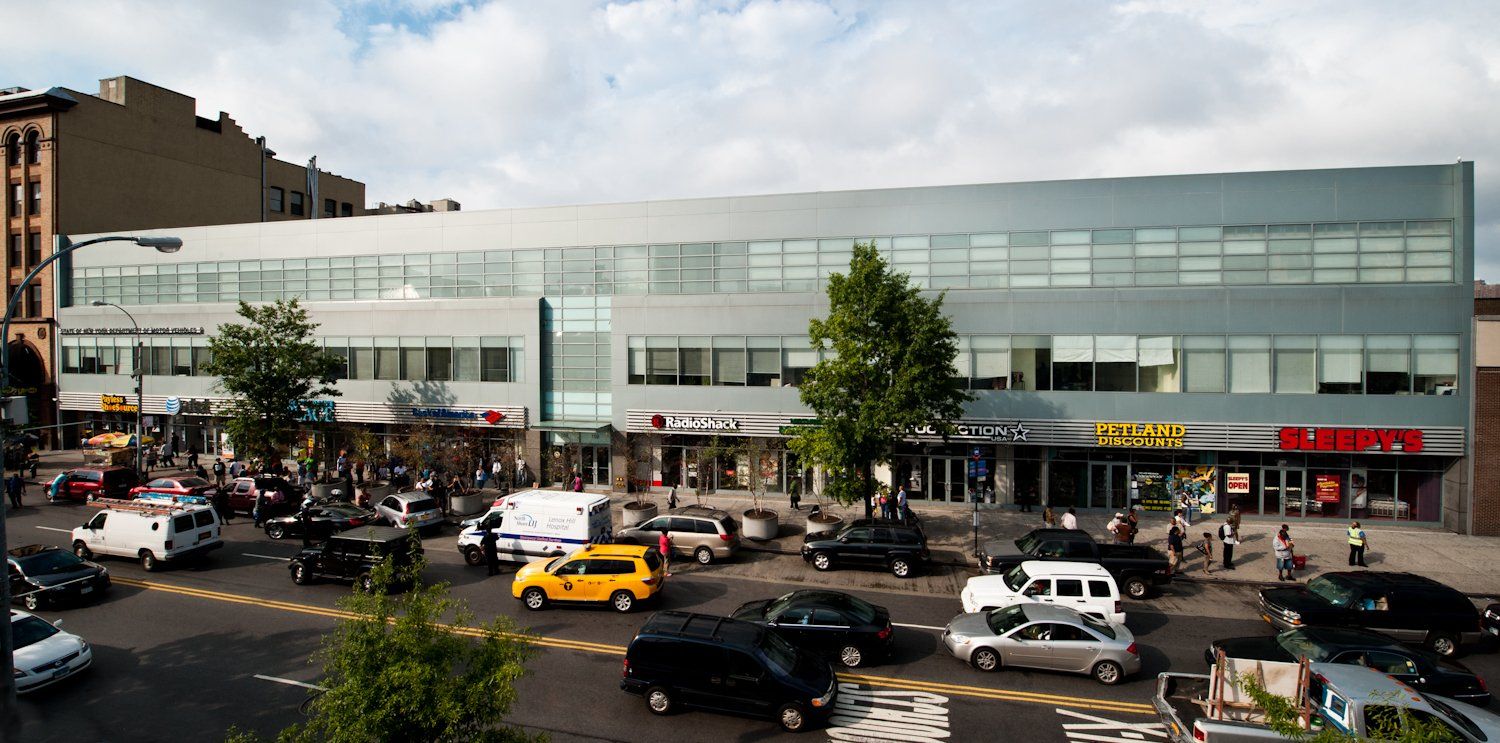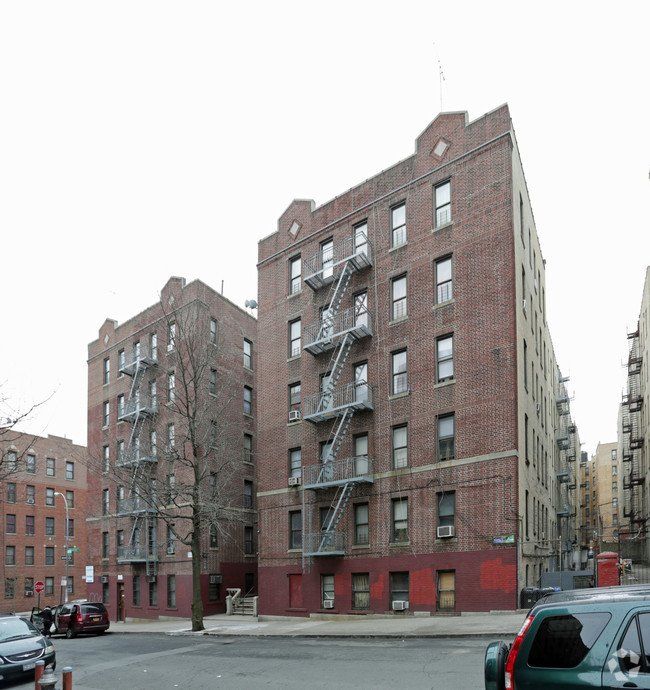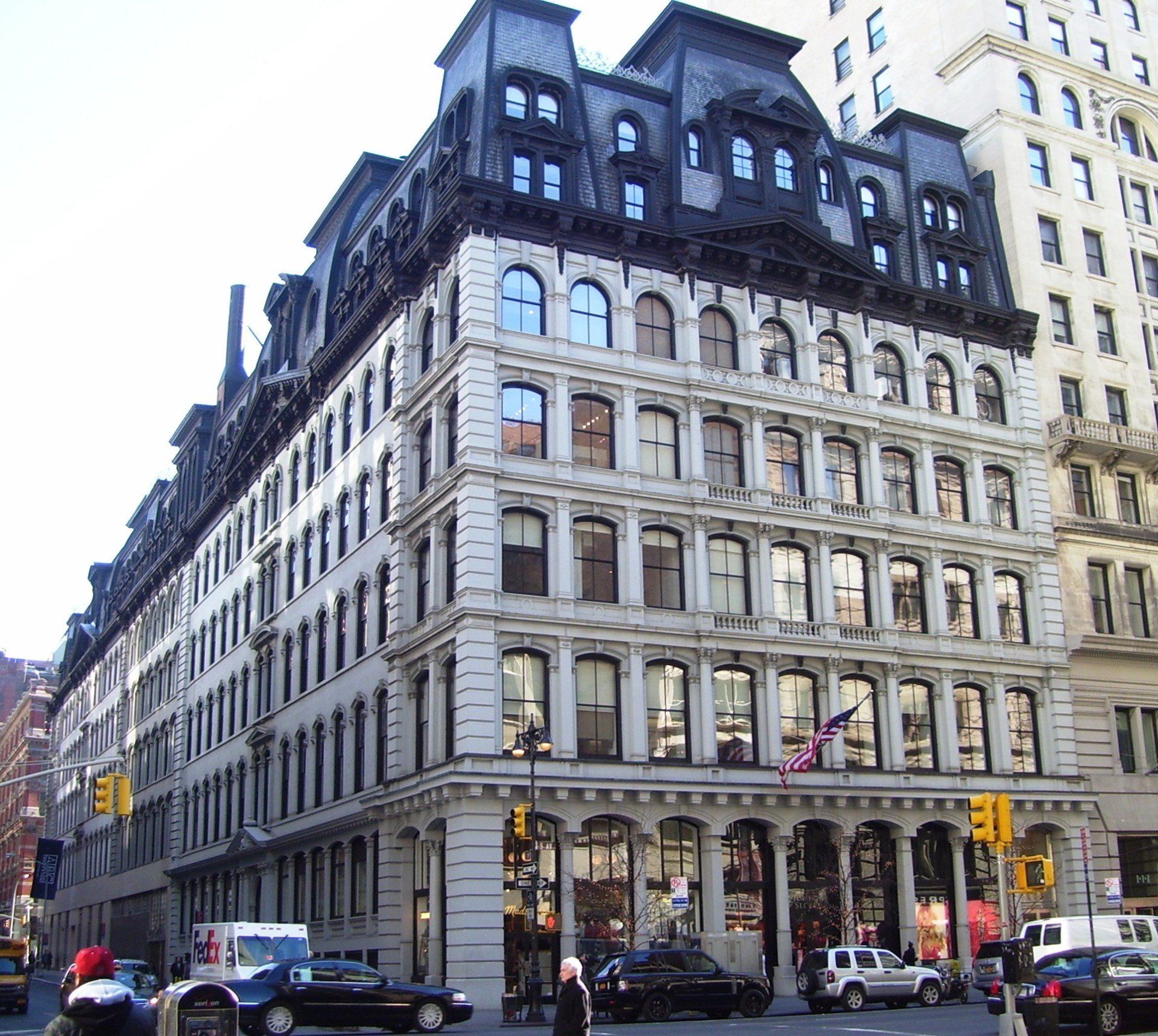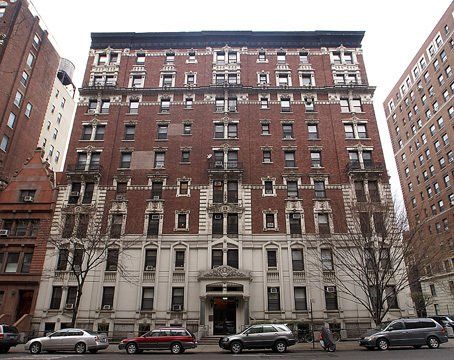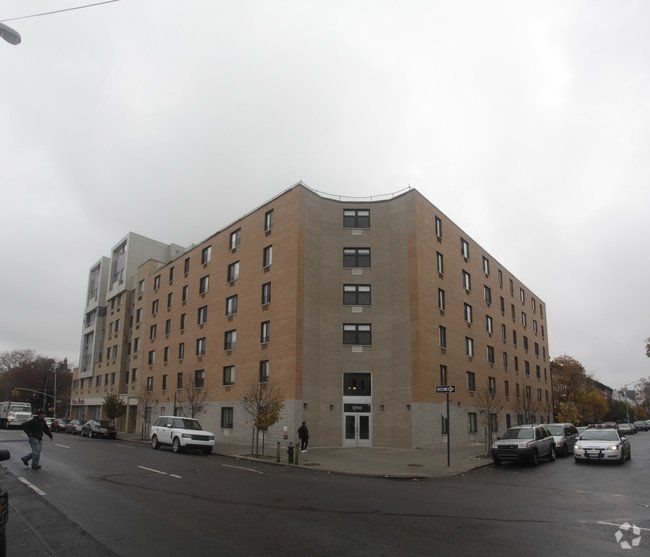NYC Local Law 126:
Parapet Inspections
The latest solution to your ever-expanding collection of mandatory inspections.
Need a Parapet Inspection?
Submit a form to get in touch with a Project Manager who will answer questions about your NYC properties. No obligations!
Lead Compliance
We will get back to you as soon as possible.
Please try again later.
What is the Local Law 126 Parapet Inspection?
Parapet inspections are the newest addition to New York City's extensive building safety regulations, aimed at ensuring the structural integrity and safety of buildings across the city. Starting in 2024, building owners are required to have an observation of their parapets in accordance with requirements. This is a yearly requirement, due by December 31.
When is it Due and Who is Required to File?
The new mandate kicks in starting January 1, 2024. All property owners with buildings featuring parapets are required to conduct these inspections and file a report with the city. Exceptions to this law are detached 1- or 2- family homes, or buildings with a fence or other barrier preventing access to the exterior wall.
Why Choose ReDocs?
We recognize that every customer has a unique set of needs, with its own set of property types and requirements. That's why we offer customized solutions that are specifically tailored to meet the needs of your property, ensuring that you not only comply with the new parapet inspection but you're also able to stay compliant with other local laws.
Local Law 126 Frequently Asked Questions
-
When is the parapet observation due?
Inspections of parapets must be carried out and a report of the observations must be maintained on record by the end of each year, December 31.
-
What is a parapet?
A parapet is the extension of a wall at the edge of a roof, terrace, balcony, or other structure, which can be prone to deterioration over time due to weather, environmental factors, and wear and tear. This inspection focuses on evaluating the condition of these structures, identifying potential risks, and ensuring that they are properly maintained to prevent accidents and enhance the safety of all New Yorkers.
Owners of parapets fronting the public right-of-way, regardless of height, are required to complete this inspection.
-
Who is exempt from the LL126 parapet requirement?
Detached 1- or 2-family homes, and buildings with a fence or other barrier preventing access to the exterior wall are not required to comply with the LL126 annual parapet observation.
-
Who is able to inspect my parapet?
The annual inspection of parapets must be conducted by an individual with the necessary expertise to effectively evaluate their condition. Qualified individuals for this task encompass a wide range of professionals with relevant construction or inspection experience. This includes bricklayers, building superintendents, handymen, masons, or others in comparable construction trades. Additionally, architects, engineers, inspectors employed by insurance companies authorized in New York State, New York State-authorized building inspectors, or anyone else with the capacity to spot potential hazards on the parapet are deemed competent for this responsibility.
ReDocs is well-positioned to oversee parapet inspections due to its comprehensive understanding of both the business of compliance and the operational aspects of real estate management. Our team is built on a foundation of trust, service, and accuracy, principles that are crucial when conducting any form of building inspection.
-
What does the parapet report require?
The inspection process should thoroughly assess several key aspects of the parapet's condition and safety.
The observation should verify the vertical alignment of the parapet, ensuring it deviates no more than one-eighth of its thickness horizontally at any point.
The evaluation must include checking for signs of significant wear or damage, such as misalignments, cracks (both horizontal and diagonal), the presence of any missing or unsecured bricks or coping stones, and any evidence of the mortar joints breaking down, like spalling or decay. Finally, the inspection must ensure that all fixtures and installations on the parapet — including telecommunications equipment, safety railings, routes for roof access, ladders, attachments for fire escapes, and signage — are securely in place and properly maintained to guarantee stability and safety.
-
What happens if you find unsafe conditions?
The individual conducting the inspection is required to alert the Department of Buildings without delay. The property owner is obligated to swiftly implement measures to protect the public. This may include the installation of sidewalk sheds, fences, and safety netting or other necessary precautions to ensure public safety. Furthermore, the owner must address and rectify the identified unsafe condition. All hazardous conditions identified during the inspection must be corrected within a 90-day period following the initial notification to the Department. Measures taken to protect the public must remain in effect until the unsafe conditions have been fully resolved.
-
What does the report have to look like?
The individual conducting the inspection, in collaboration with the building owner, must compile a report encompassing the following elements:
-Identification details of the property, including the address and any supplementary addresses associated with the building.
-Contact information for the building owner, which should include their name, postal address, and phone number. If the ownership falls under an entity rather than an individual, the report should specify the name, postal address, phone number, and the title or position of a key representative of that entity.
-Information about the observer, detailing their name, postal and email addresses, phone number, their relationship to the building or owner, and the name of their business, where applicable.
-The specific dates when the observation took place.
-A detailed layout indicating the locations of the parapets inspected.
-A description of the parapet's construction, noting materials, height, and thickness.
-Observations made during the inspection, including any unsafe conditions discovered and the steps taken to address them.
-A record of any repairs or maintenance work performed on the parapet since the last report.
-Photographs with dates that document the observed conditions.
-
What is the building owner required to do with this report?
Building owners are mandated to keep these reports for a minimum duration of six years and must present them to the Department when requested.
© 2024 ReDocs, Inc. | All Rights Reserved | Privacy Policy


